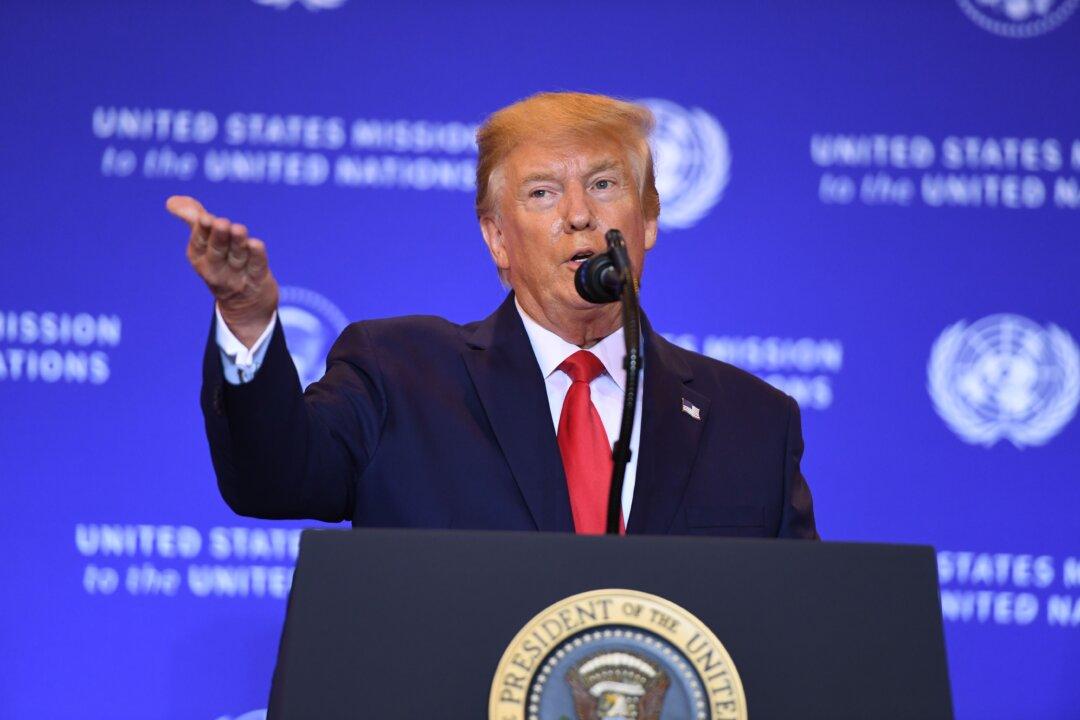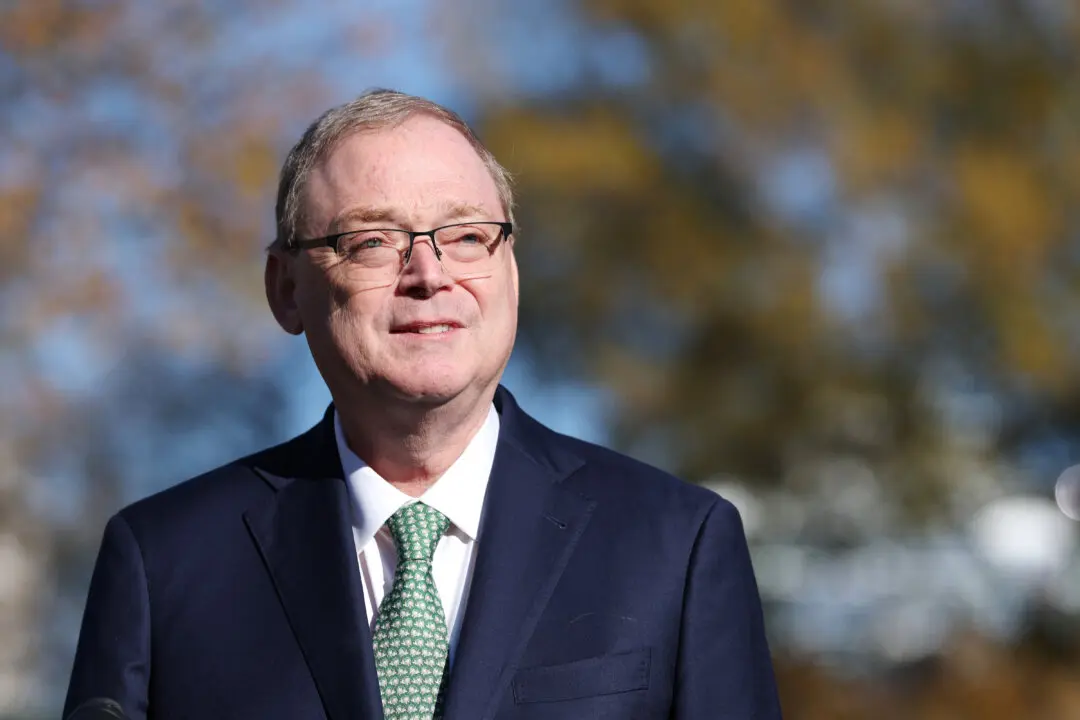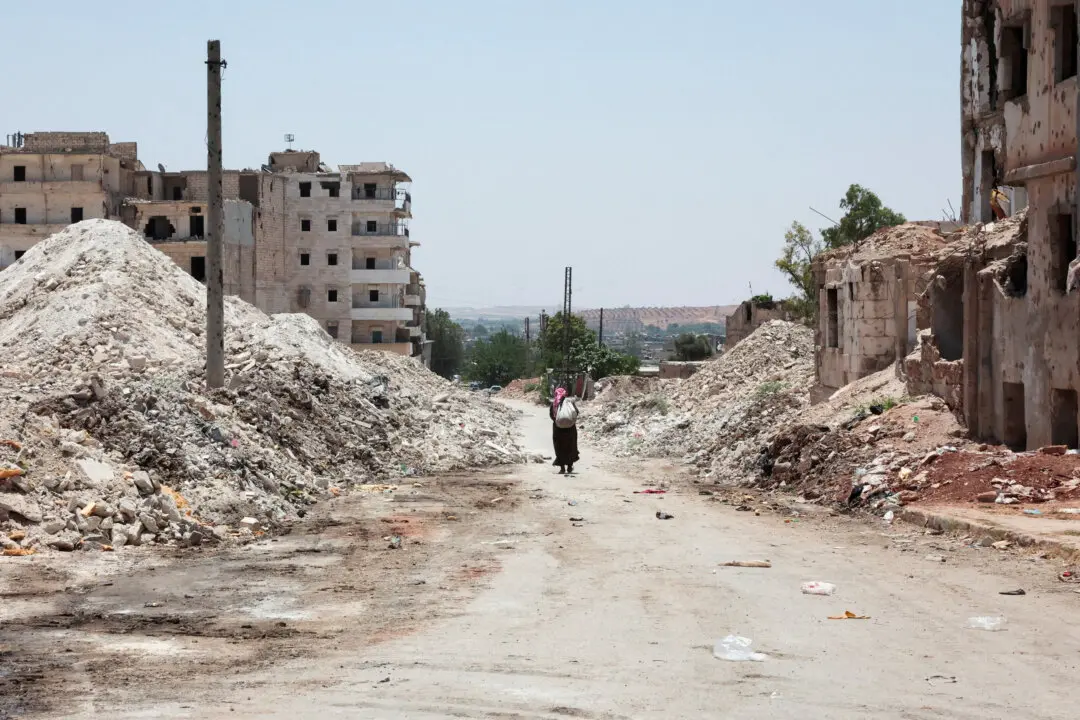The Trump administration has penned a deal with Honduras to help curb the flow of migrants from Central America into the United States.
The agreement, signed on the sidelines of the United Nations General Assembly in New York on Sept. 25, allows the United States to send some asylum seekers from third countries to Honduras.





